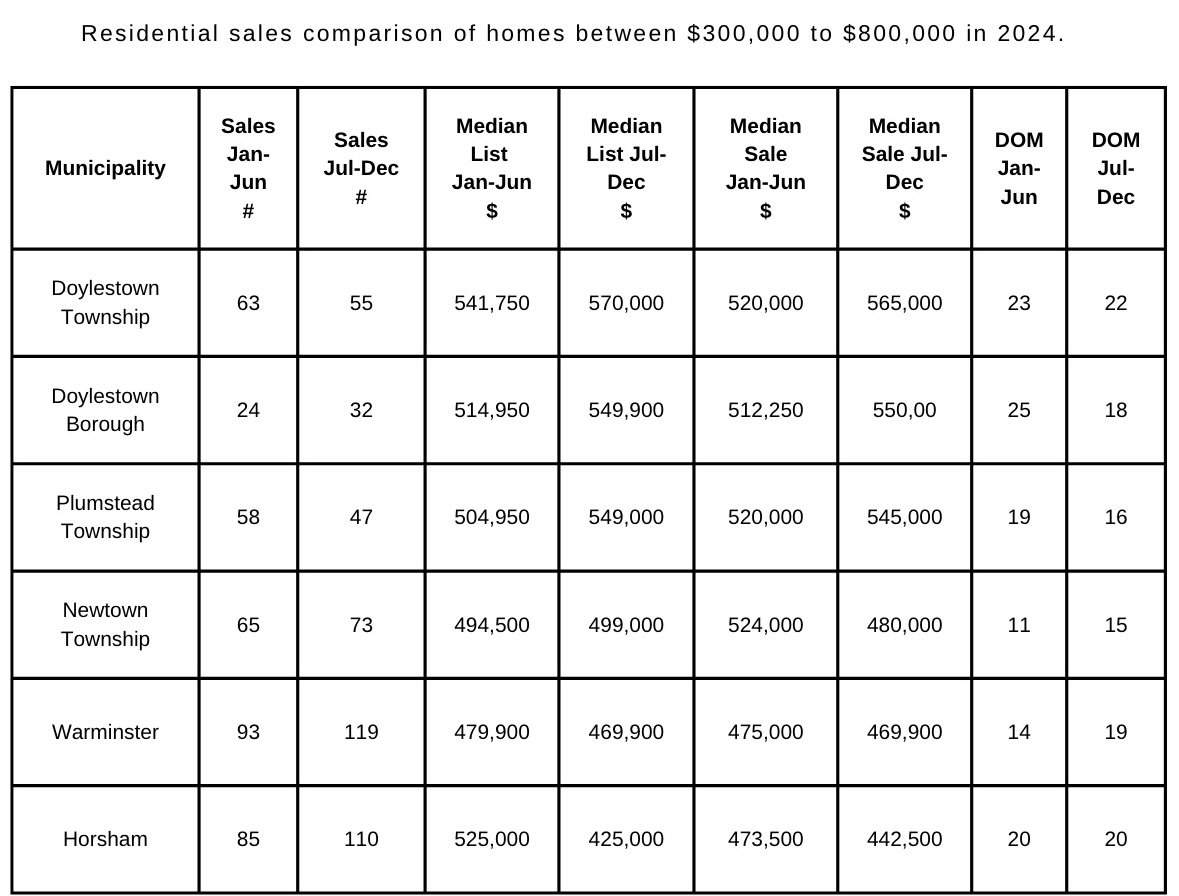Coaching Fundamentals: Mastering the Demonstration for Player Understanding
I remember early in my career being bored out of my mind writing objectives. They had been drilled into my head by every professor so much that the mentioning of the word elicited a response similar to opening a trashcan lid and inhaling last week’s fish. I wanted to get to the fun and games. Beginning with the end in mind is one of the most valuable skills a coach can develop. Once the end result is clear, the rest of the session should funnel toward that goal.
When the coach identifies the goal of the session and the supporting activities, it’s time to demonstrate how players are going to progress toward the goal. Inexperienced coaches rush through an explanation of a drill or game then send the group off with limited information on how to perform the activity. Minutes later, chaos ensues. Players are attacking the wrong goal, dribbling out of bounds, or failing to transition, and the coach tosses up his hands and asks what is wrong with today’s youth. Experienced coaches intentionally demonstrate an activity how and where they want the players to perform it with the end result in mind.
When demonstrating for young players, have them sit so they’re more attentive. Don’t allow players to walk around, play with a ball, or talk during the reception of critical information. In creating a respectful environment that exceeds the playing field, listening is a core skill. Review the goal of the activity. “Today, we are going to play a game to improve first-time finishing” or “This training exercise is about pressuring the ball after losing possession.” Connect the activity and its relevance in the game because ultimately that’s where the coach is trying to transfer the performance.
Demonstrate using three learning senses (visual, auditory, and kinesthetic) in the space where players will perform the task. The visual learners need to see the activity in motion, where to stand, where to move, and what happens when they transition. The audio learners need verbal cues, simple words and phrases the coach can repeat to emphasize actions. The kinesthetic learners need to experience the activity for themselves and feel their way through the movements. If the session is set in the penalty area with a goal, that’s where the demo should take place.
Experienced coaches follow the I do it, You do it with me, I do it with you, You do it formula for scaffolding before players perform on their own. First, the coach shows the players how to perform the activity. If they can’t perform the activity alone, they use players to help. Then the players perform the activity with the coach’s guidance, repeating until the players can perform it on their own without the coach’s cues. If the coach doesn’t allocate time for players to understand what they are doing, the time wasted trying to re-explain, re-demonstrate, and re-focus destroys the activity, the session, and players’ confidence.
Coaches may have a goal they want players to achieve but may lack the patience for and the understanding of the process of acquiring the skill or concept. Players learn at different rates. Sometimes, an activity is too difficult for players to understand, and the coach may need to simplify the concept. Other times, players may grasp the main ideas immediately. A coach could teach the same concept to ten different groups and have ten different results. Coaching is a constant shift between instruction, assessment, progression, and regression. Learning doesn’t have a deadline. Mastering a skill or concept may take players an entire session, a week, a month, even a season.
Coaches want players to independently solve problems on the field, yet too often they intervene during the problem-solving process to assert their adult experience. Guide the problem-solving process rather than do the work for players. Run a game through several rounds. Check-in with the group. Ask questions for understanding. “What’s working, what’s not working?” Make tweaks. Stop and re-demo if necessary. It’s easier for something to be too easy than too hard. Once the group grasps how the activity flows then throw in wrinkles or scenarios to challenge player thinking. But if the group is confused from the start because they haven’t practiced enough, the activity will implode.
A plumber wouldn’t ask an apprentice on the first day of the job to re-route a bathroom drain all by himself, so coaches should express the same patience with players. Start with a toilet handle and progress to a flange then replace a wax ring. Demonstrate the process then increase the challenge gradually, but allow for mistakes. Failure is part of the process of acquiring a skill. Teach players that’s it’s ok to make mistakes. Because in a game setting, they will make tons of mistakes. Experienced coaches empower players to fail then reinforce skills for how to respond afterwards.
A coach’s main role is to prepare players for success on the competitive field, which begins in a training environment. An activity that aligns goals for all learners, with time to grow and adjust, begins with a clear demonstration. A lack of player understanding might naturally occur because sports are complex and ever-evolving, but coaches can enhance player understanding by modeling the activities in the direction of their defined goals.

